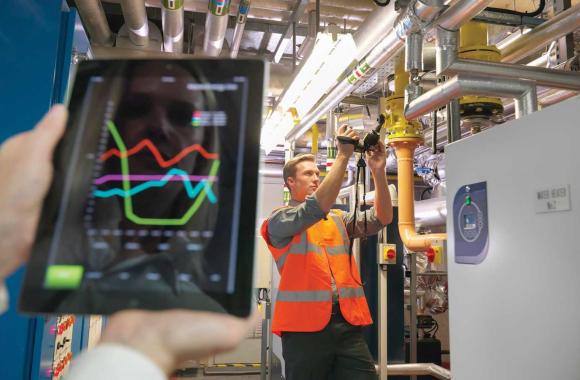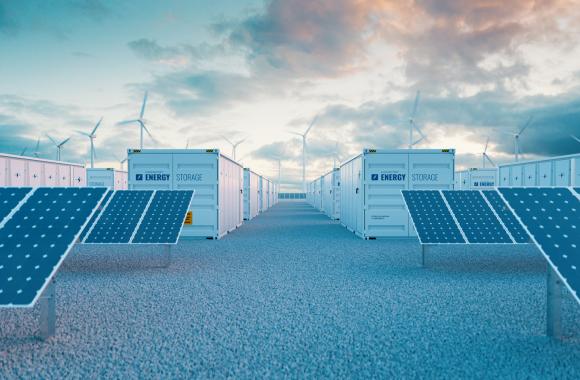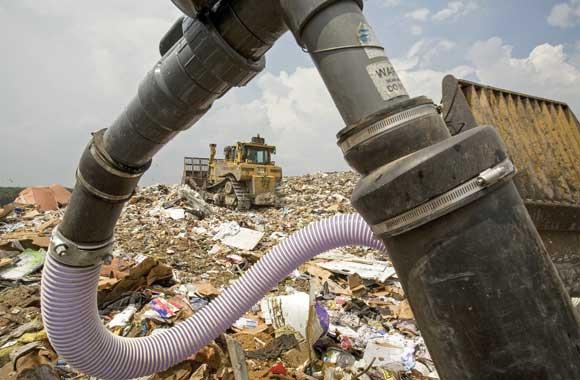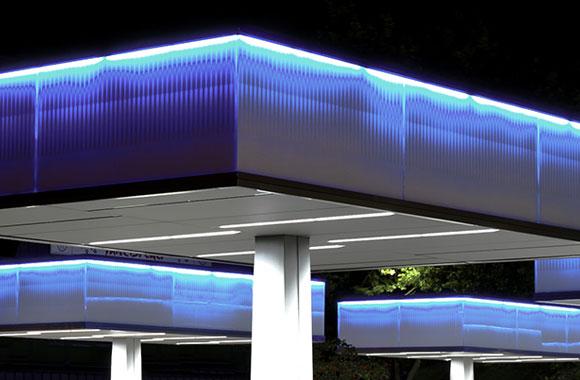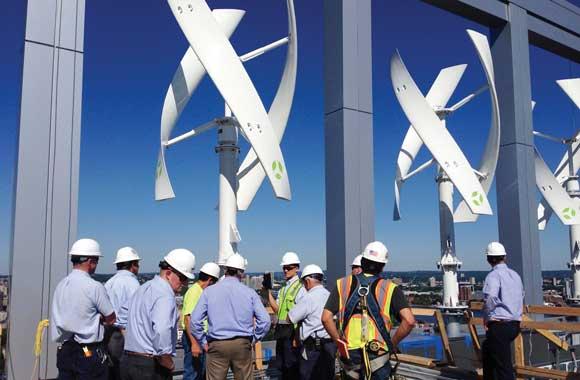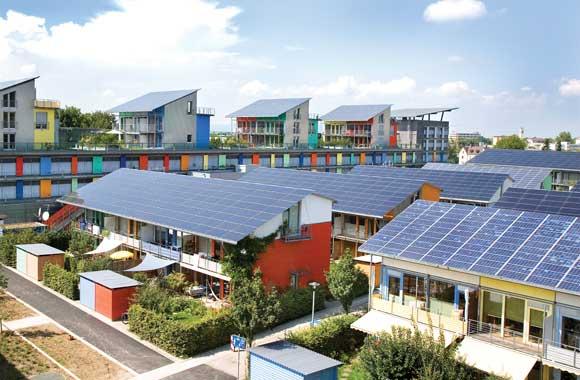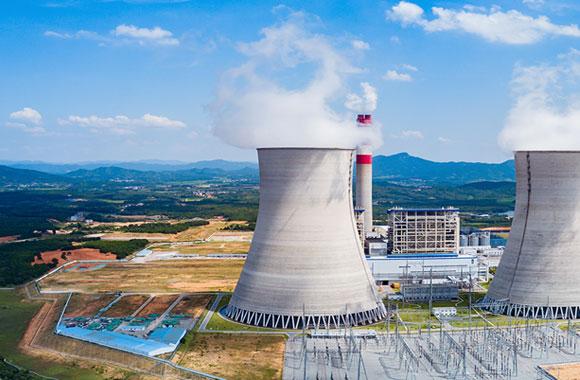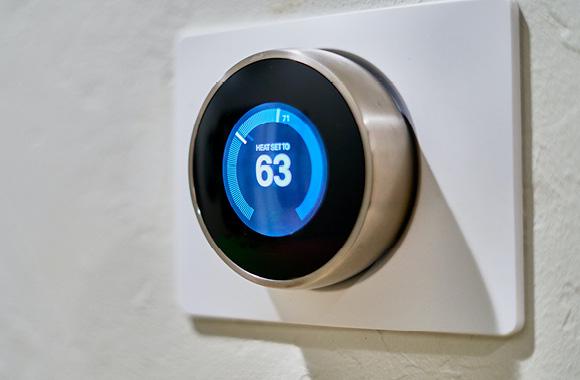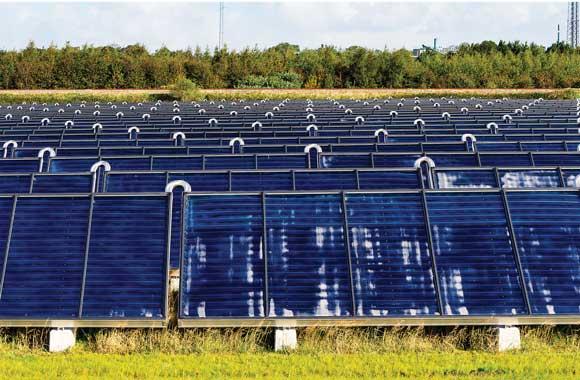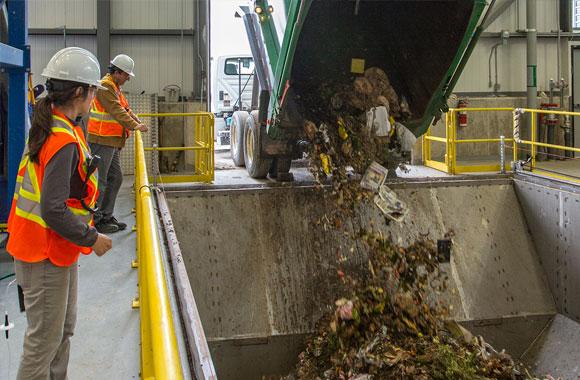Utility-Scale Energy Storage
Large-scale energy storage ensures electricity supply can match demand. It enables the shift to variable renewables and curbs emissions from polluting “peaker” plants.
Impact
The Utility-Scale Energy Storage solution is an enabling solution that facilitates the adoption of other Project Drawdown solutions, such as Distributed Solar Photovoltaics. As a result, we don’t model emissions reductions and financial impacts associated with utility-scale energy storage here, but account for them in those solutions.
Introduction
Utilities have long operated on the model of producing sufficient electricity to meet demand in real time. To supplement large coal, gas, or nuclear plants, they rev up highly polluting “peaker” plants as needed.
Energy storage makes it possible to use power generated at a time other than when it is consumed. A power system with large-scale energy storage can use various types of generation in an optimal fashion. Large centralized generators can run at a steady rate, with no need to undergo inefficient cycling to respond to changes in demand. If the power generated by solar or wind installations exceeds demand, it can be stored rather than wasted.
Storage can also relieve congestion on transmission lines, increase reliability and performance, and allow for the efficient use of existing infrastructure. Moreover, storage makes the power system more resilient, reducing outages and aiding in emergency preparedness.
Energy can be stored in many forms, including: (1) gravitational potential energy (pumped hydroelectric energy storage); (2) chemical energy (batteries); (3) mechanical energy (flywheels or compressed air energy storage); (4) thermal energy storage (molten salt); and (5) hydrogen storage.
Project Drawdown’s Utility-Scale Energy Storage solution involves the use of new technologies and practices to store energy on a utility level. This solution does not replace a conventional practice, but is key to developing variable renewable energy sources.
According to the US Department of Energy’s global energy storage databases (2019), there are 1,687 large-scale energy storage operational systems worldwide with a total capacity of 191 gigawatts. Some 95 percent of this capacity is composed of pumped hydroelectric technology, with more than 350 large projects installed worldwide. Other storage technologies include thermal (1.7 percent) and electromechanical (1.4 percent) storage. In 2017, lithium-ion batteries accounted for nearly 90 percent of large-scale battery storage additions (IEA, 2018).
The primary use of energy storage at present is power arbitrage (time shift): pumped hydropower facilities buy electricity at night when prices are low and use it to pump water from a low reservoir to an elevated one. During the day, when prices are high, the stored water is allowed to run downhill through turbines, generating electricity that can then be sold back to the grid. The remaining energy storage is used to enable penetration of variable renewable generation sources.
Methodology
This solution is key for integrating variable renewable generation sources into the electricity grid, balancing the supply and demand for electricity, replacing natural gas peaking plants, allowing increased reliance on baseload generation, and avoiding the need to cycle baseload units. Without storage, variable renewable energy technologies face high curtailment rates; thus, storage is a crucial aspect of enabling a low-carbon grid.
To avoid double counting, the climate impact of the bulk of the technologies under this solution is accounted for in the adoption of distributed electricity generation technologies such as Distributed Solar Photovoltaics. Molten salt storage is accounted for in the impact of increased adoption of Concentrated Solar Power.
Discussion
Energy storage increases energy demand due to its inefficiency. However, the increased efficiency of the grid offsets this, so carbon savings from the use of clean, renewable variable generation sources can be fully realized.
In addition, energy storage increases the flexibility and resilience of the grid. The numerous benefits of energy storage indicate that it is a key component of the future of the energy system, particularly under significantly increased electrification.
Regulatory agencies are in the process of determining pricing models for the many other benefits of storage. Upon the adoption of such price signals, we can expect that the financial incentive for developing large-scale storage will increase significantly, leading to a sharp upswing in storage capacity. Indeed, a number of other energy storage technologies—such as compressed air, batteries, and flywheels—are rapidly advancing, and their costs are decreasing.
Appropriate remuneration for the many benefits of storage would allow these technologies to reach a profitable price much faster, increasing the rate at which storage is added to the grid. A number of governments have recognized the importance of energy storage and are helping to advance development and adoption of emerging technologies.
References
International Energy Agency (2018). Key World Energy Statistics 2018. https://webstore.iea.org/download/direct/2291?filename=key_world_2018.pdf
U.S. Energy Information Administration(2019). EIA - Annual Energy Outlook 2019. https://www.eia.gov/outlooks/archive/aeo19/
What You Can Do
If you're an engineer or entrepreneur, consider applying your talents to improving energy storage.
Encourage your utility to look into energy storage options in preparation for bringing more renewables online.
- Expand your knowledge by exploring another Drawdown solution.
Co-benefits
Utility-scale energy storage enables energy technologies that are less expensive and less polluting than new coal power plants.
New energy storage technologies create new job opportunities (construction, installation, maintenance, etc.)



